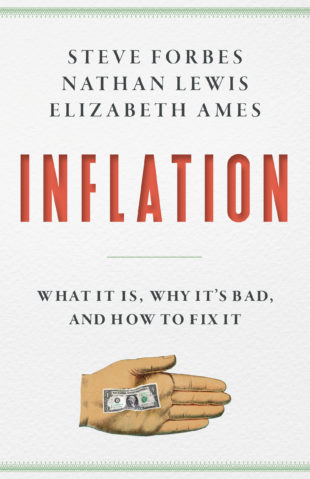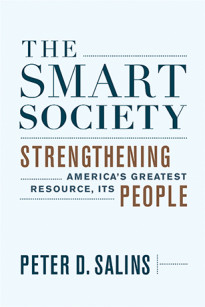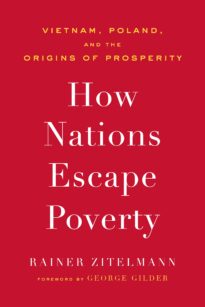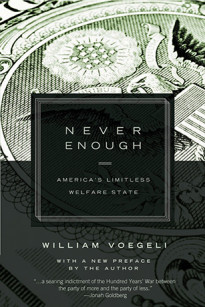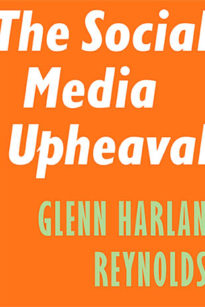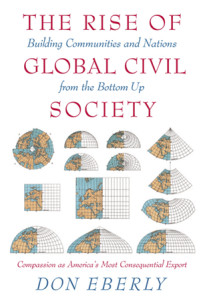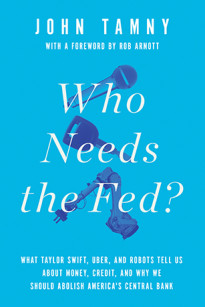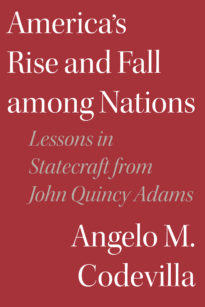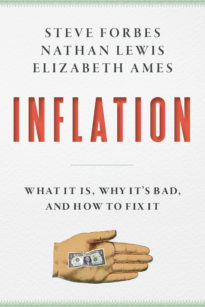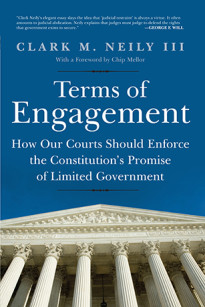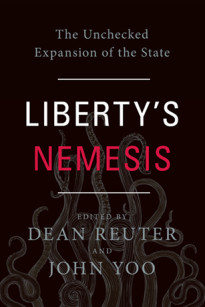The nation of Zimbabwe is one of the world’s most notorious inflaters. At one point its hyperinflation got so
bad that the government issued a $100 trillion note. Eventually the country had to throw out its currency and start over, which they’ve done more than once. Misconceptions about inflation may not literally outnumber Zimbabwe dollars or, for that matter, Venezuelan bolívars, or Argentine pesos (two other hyperinflated currencies). But sometimes it can seem that way.
Throughout history, inflation has been blamed on everything from bad weather, to unions, to Wall Street greed. In the early 1920s, Germans blamed the Weimar Republic’s infamous hyperinflation on Jewish shopkeepers and bankers. Centuries earlier, the ancient Romans blamed theirs on Christians. In medieval times, inflation was blamed on witches.
Discussions of the subject are rife with fallacies and mistaken assumptions. Consumer price increases, for example, do not automatically signal inflation. Even the much-used description of inflation as coming from “too much money chasing too few goods” can be misleading. While inflation can bring on a soaring cost of living, it can also occur quietly without dramatic increases in consumer prices.
The broad lack of understanding is the reason why policy- makers too often resort to misguided “solutions.” In the early 1970s, President Richard Nixon blamed a mild inflation on “international speculators” who, he insisted, were driving down the value of the dollar. His response was the infamous Nixon Shock: a series of initiatives featuring wage and price controls, along with tariffs on imports. Most notoriously, it ended up destroying the Bretton Woods monetary system under which the dollar had had a fixed and stable value defined by an ounce of gold.
The measures were supposed to be temporary. But Nixon’s “cure” set in motion the decade-long Great Inflation and the energy crisis of the 1970s, not to mention Nixon’s impeachment proceedings and eventual resignation.
We will see later on that the Nixon Shock was typical of most so-called inflation remedies, which more often than not end up making things worse. Their damage to the economy, as well as society, can be lasting.
That was especially true of Nixon’s destruction of the Bretton Woods monetary system, which ended the US dollar’s long history on the gold standard, the monetary principle that the US had embraced practically since its founding. For nearly 180 years, with only a few interruptions, the value of the dollar was linked to gold. The United States rarely had a problem with inflation and became the most economically successful country in the world.
The end of the Bretton Woods gold standard gave us what we have today: a monetary world order where all currencies, including the dollar, are floating “fiat money.” Their values are no longer set, but depend on the whims of currency traders and the policies of central bankers.
This chaotic system has been in place for barely five decades. However, it is rarely questioned and today is considered the norm. People too young to recall anything else do not perceive the destruction it has wreaked. That includes, for starters, the devastating inflation of the 1970s, followed by a gradual, low-grade inflation that began in the mid-1980s. Since 1970, the dollar’s purchasing power has been reduced by 86 percent, according to a calculator from the Bureau of Labor Statistics, based on its official cost-of-living measure, the Consumer Price Index (CPI).
Critics, however, point out the index, which doesn’t measure certain expenses (most notably, the cost of health insurance) understates the true effects of inflation. The dollar’s decline is even more dramatic if we look at the price of gold, the traditional measure of currency value. In 1970, it took $35 to buy an ounce of gold. Today, it takes around $1,800—a 98 percent drop in value.
Oil is another inflation indicator. In the 1960s, oil cost $3 a barrel and oil companies were profitable. By mid-2021, oil cost $75 a barrel, and oil companies could barely get by. (In 2019, many were at risk of defaulting on their debt.) What does this tell us? Oil is certainly not twenty-five times more valuable than it was in 1965. At least until the recent inflation, gasoline has remained cheap enough to enable automakers to churn out big, powerful, luxurious, gas-guzzlers. What the price increase reflects is a sixty-year slide in the value of the dollar.
Two more examples: a Coke and a McDonald’s Big Mac. Back in 1970, a 12-ounce can of Coke cost a dime. A Big Mac cost just 65 cents. Fifty years later, the price of the burger has increased nearly eightfold—to around $4.95. You’d be lucky to get the soda in a vending machine for a dollar. Obviously, these products haven’t changed. So why the hefty cost increases? The reason: a shrinking dollar.
The dollar’s steady, inflationary decline is one reason that people just starting out today often wonder why they can barely make the rent when, years ago, their parents, who made far less money, could afford to buy a house. The primary reason is inflation. Yes, your parents may have earned fewer dollars. But those dollars were worth much more.
